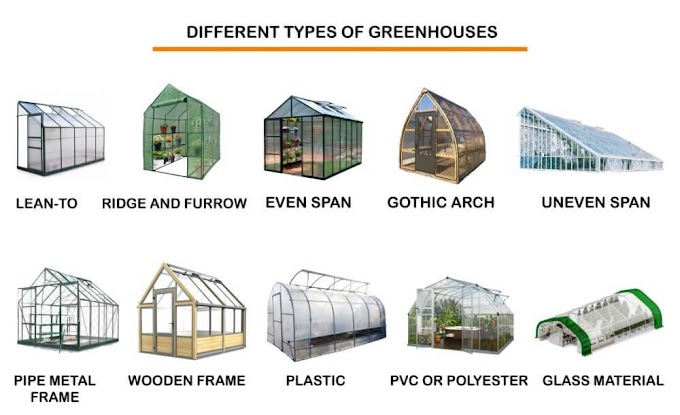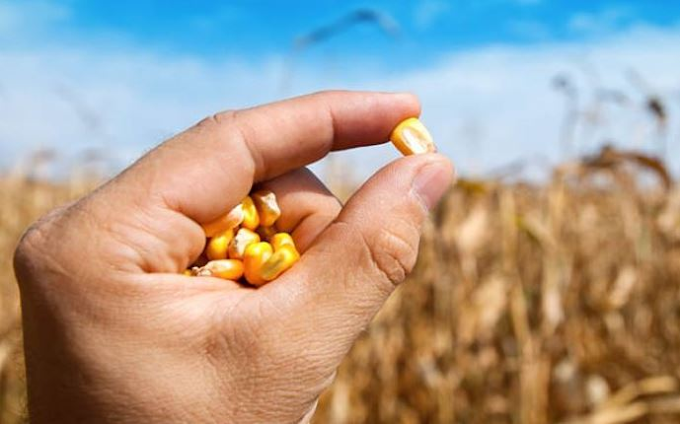What
is Stubble Burning?
Stubble
burning is a process of setting on fire the straw stubble, left
after the harvesting of grains, like paddy, wheat, etc.
In
India, stubble (parali) burning is practised to remove paddy crop
residues from fields to sow wheat, which occurs around the end
of September and beginning of November.
The
practice is prevalent especially in Punjab, Haryana, and Uttar Pradesh
in October and November.
What
are the Effects of Stubble Burning?
Damage
to the Environment: Burning stubble emits toxic gases
such as Carbon Monoxide (CO), Methane (CH4), Polycyclic
Aromatic Hydrocarbons (PAH), and Volatile Organic Compounds (VOC).
A
thick blanket of smog is formed from these pollutants dispersing into the
surrounding area, ultimately affecting air quality and health. This
is one of the primary causes of Delhi's air pollution.
Impact
on Soil Properties: Heat from burning residues elevates
soil temperature causing death of beneficial soil organisms.
Frequent
residue burning leads to complete loss of microbial population and
reduces levels of Nitrogen and Carbon in the soil, which is
important for crop root development.
Impacts
on Human Health: There have been several health
effects caused by the resultant air pollution, ranging from skin
irritation to severe neurological, cardiovascular, and respiratory problems.
Research
shows that pollution exposure also has an adverse effect on mortality rates -
the life expectancy of Delhi residents has decreased by about 6.4
years as a result of high pollution levels.
Insufficient
Stubble Management Infrastructure: Farmers burned almost
15.4 million metric tons (out of 19.7 MMT) in open fields due to the lack of
stubble management infrastructure (Punjab government 2017).
Also,
it is preferred by farmers because it is cheaper and faster, helping
them to clear the land in time for the next cropping season.
Negative
Effects of Subsidies for Agriculture: Subsidies for electricity and fertilizers,
along with easier access to credit in agriculture, have led to
substantial increases in crop yields and agricultural productivity in
subsequent decades, which has in turn exacerbated stubble burning.
What
can be the Alternatives to Stubble Burning?
Bio
Enzyme-PUSA: A bio-enzyme called PUSA has
been developed by the Indian Agriculture Research Institute as
a solution to stubble burning.
As
soon as it is sprayed, this enzyme starts decomposing the stubble in 20-25
days, turning it into manure, which further improves the soil.
It
also Increases organic carbon and soil health while reducing fertiliser
expenses for the next cropping cycle.
Palletisation: Paddy
straw can be dried and converted into pellets can be mixed along
with coal which can be used in thermal power plants and industries as
fuel. This can save coal as well as reduce carbon emissions.
Happy
Seeder: Instead of burning the stubble, a
tractor-mounted machine called the Happy Seeder can be used
that “cuts and lifts rice straw, sows wheat into the bare soil, and
deposits the straw over the sown area as mulch.
Chhattisgarh
Innovative Model: It is an innovative experiment
that has been undertaken by the Chhattisgarh government which involves the
setting up of gauthans.
Gauthans
are five-acre plots owned by each village where unused stubble or
parali is collected through parali daan (people's donations) and
turned into organic fertiliser by mixing cow dung with natural enzymes.
Additional
Alternative Uses: Stubbles can be used in various
ways; cattle feed, compost manure, roofing in rural areas, for packing
materials, for preparation of papers and for preparation of bioethanol as
well.







No comments:
Post a Comment